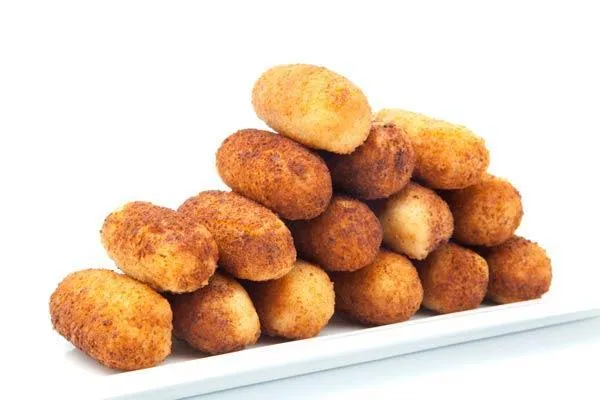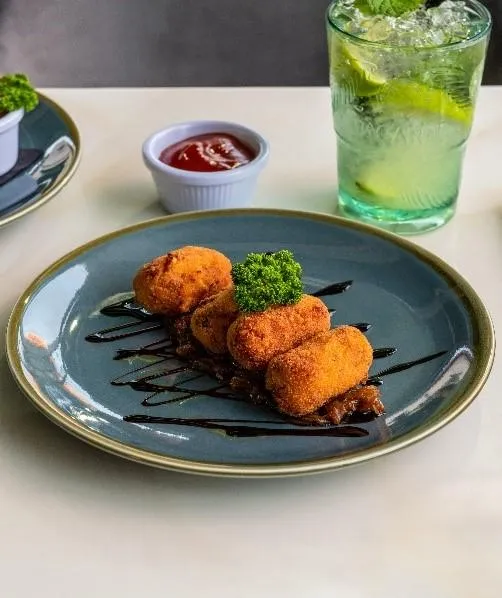5 reasons to love croquettes
There are people who feel a genuine devotion for croquettes. In fact, everyone seems to like them, which is why some say it’s impossible to please everyone because “we are not a croquette”. In any case, the croquette is usually a much-loved food around the world, in all its flavours and fillings. Below are some of the reasons why people admire this dish.
It’s versatile
You can be sure your lunch or dinner will please everyone. It’s a very versatile food. No matter how you serve them or what’s inside, whenever people see there are croquettes to eat, they’re happy because they know they taste great.
Convenient
They’re convenient because you can eat them with your hands. Perfect for sharing with friends or at an informal gathering. And if the setting is a bit more formal, they also work perfectly as a starter.
Sustainable
For those who like to make the most of everything, this food is a great option. You can make it with leftovers from a stew or chicken in sauce made earlier, or even with any other food you can reuse. Go ahead and experiment!
Many shapes
Anyone who dares to make homemade croquettes can shape them however they like. Round like fritters, long, huge, very neat or a bit irregular…
The way you eat them is worth mentioning. Freshly made with the perfect temperature inside, they’re wonderful. Still, many people enjoy them cold or at room temperature, and they’re great like that too. And whether you fry them straight from frozen or not, they taste fantastic.
A great source of inspiration
As we mentioned earlier, the croquette has been a huge source of inspiration.
So much so that while some try to enjoy them in healthy recipes, others add the most intense and powerful ingredients, with bold or mild flavours…
Experimenting and testing is guaranteed until you find your star croquette recipe, the one that’s perfect for you.
Fun facts about croquettes
There are several curiosities around them that many people don’t know. For example, in the beginning they weren’t made with béchamel, but with potatoes.
There is a World Croquette Day, celebrated on the 16th of January.
They are of French origin and the first croquette in the world dates back to the seventeenth century.
There is even a world record for eating croquettes.
They are made from leftovers, which is why they were traditionally used to avoid wasting food.
Esta entrada también está disponible en:
![]() Español
Español



 Some people mispronounce the word “croqueta”.
Some people mispronounce the word “croqueta”.